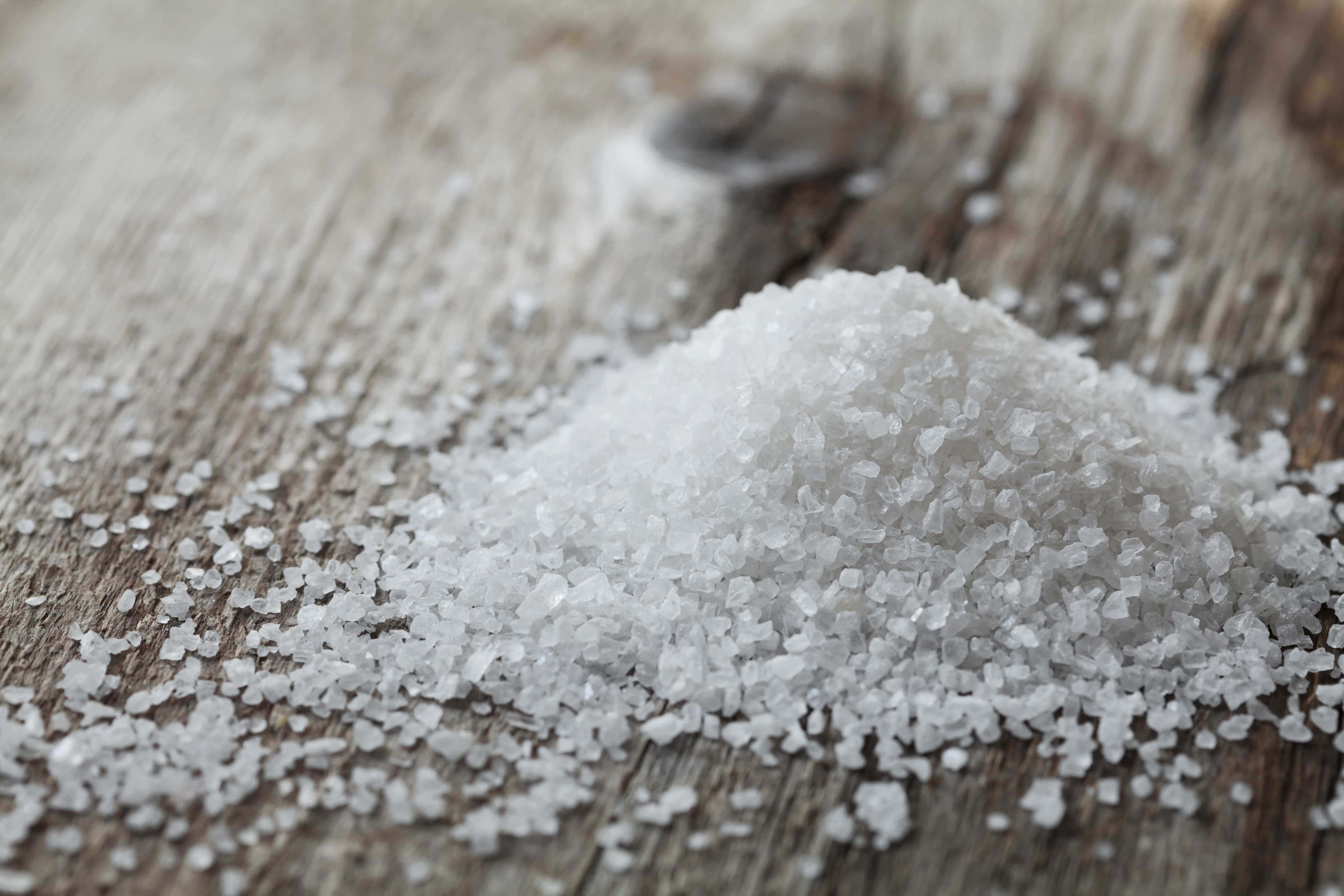-
Helpful ways you can reduce your sodium intake

Kay Alberg, a Mayo Clinic Health System registered dietitian, shares her perspective on the dangers of a high-sodium diet as well as her recommendations for lessening daily intake.
When I look at my daughters, I am struck by their resemblance to other family members but not to each other. One daughter has hazel eyes. Another has blue. And the youngest has green eyes. While my daughters do not look like each other, they share a family health history loaded with high blood pressure, high cholesterol, diabetes, heart disease and stroke. They cannot change their family history, but they can focus on the importance of a healthy diet and lifestyle.
As a mother and dietitian, reducing sodium in our family’s diet has been a priority. Sodium intake is associated with increased risk of high blood pressure, heart attack and stroke. The average American eats more than 3,400 milligrams of sodium daily. In contrast, the American Heart Association recommends limiting daily sodium intake to less than 1,500 milligrams. The 2015–2020 Dietary Guidelines for Americans recommends limiting daily sodium intake to less than 2,300 milligrams. Just one teaspoon of table salt (a combination of sodium and chloride) contains approximately 2,300 milligrams of sodium.
Most sodium in the American diet comes from processed foods, prepackaged foods and restaurant food. The rest comes from adding sodium in cooking or in seasoning at the table. Sodium is a mineral that naturally occurs in foods. However, a celery stalk might contain 30 to 50 milligrams of sodium — much lower than a serving of canned soup exceeding 1,000 milligrams of sodium.
The U.S. Food and Drug Administration is working with food companies and restaurants to decrease the amount of sodium in our diet. If you are ready to make changes in your diet to reduce your sodium intake, here are some tips to get you started:
- Limit the salt added in cooking.
- Take the salt shaker off the table, or at least taste your food before adding salt.
- Check your seasonings for sodium/salt. Flavored peppers, such as garlic pepper, often contain salt. Look for pepper without salt. Use garlic powder; onion powder; celery powder; or fresh garlic, onion and celery in place of garlic, onion and celery salts. Be aware that MSG is a common flavor enhancer that also contains sodium.
- Experiment with herbs and spices for flavor as your taste buds adjust. Don’t forget to try citrus, vinegars or hot sauce.
- Try a homemade or purchased salt-free herb/spice blend.
- Explore seasonings and recipes featuring flavors from other countries.
- Be aware that condiments, such as ketchup, barbecue sauce, chili sauce, soy sauce, teriyaki sauce, dips and dressings, are usually high in sodium/salt. Use these additives sparingly.
- Limit portions of pickles, relish and olives.
- Limit use of prepackaged and processed foods. Convenience foods, such as an instant cereal packet, often contain salt. Make your own cooked cereal from scratch, and you can omit or decrease salt.
- If you use convenience foods that come with a seasoning packet, consider using your own low-salt seasoning, or use only a portion of the seasoning packet provided. Look for items labeled “low-sodium” or “no salt added.” Aim for products with no more than 200 milligrams of sodium per serving.
- Look for vegetables that are fresh, frozen without sauces or canned without added salt. If using a canned vegetable with salt, you can drain and rinse before using. Limit portions of sauerkraut and pickled vegetables.
- Check your family recipes, and look for ways to decrease salt. Our family lasagna recipe, from the 1960s, is high in salt if the original recipe is followed. We now omit added salt, use fresh or no-salt-added tomatoes, and decrease the amount of cheese used. The lighter version allows the other flavors to shine.
- Check family holiday meals for salt. Consider adjusting recipes and menus. Increase use of low-salt vegetables and side dishes, salads and fruits to balance the meal. If your meal includes a favorite, such as green bean casserole, challenge yourself to try a flavorful, but lower-salt, version you can enjoy.
- Dining out is a common source of salt. Try to order foods prepared without added salt. Order salad dressing on the side, and control the amount used. Sauces and gravies also can be ordered on the side. Try to order vegetables, salads and fruits. Limit pickles, olives and salty chips. Use small portions of ketchup or other condiments with salt. Know that processed meats, such as brats, hot dogs, sausage, bacon and ham, contain high amounts of salt. Plan ahead, and choose low-salt meals and snacks the rest of your day to limit total sodium intake.
No one said reducing sodium intake would be easy. Allow time for your taste buds to adjust to a lower-salt diet, because taste for salt is an acquired habit. With time, it’s common for people to prefer a lower-salt diet, and many indicate former favorite foods now are too salty for their palate.







